In the metal cutting area, plasma cutting, typically fine plasma cutting has been widely used in many industries. But with the development of laser technology, laser cutting also becomes popular. Each cutting method has its own unique characteristics. So, which is more suitable for manufacturers?
What are the differences between plasma cutting and laser cutting exactly?
1. What Is Plasma Cutting?
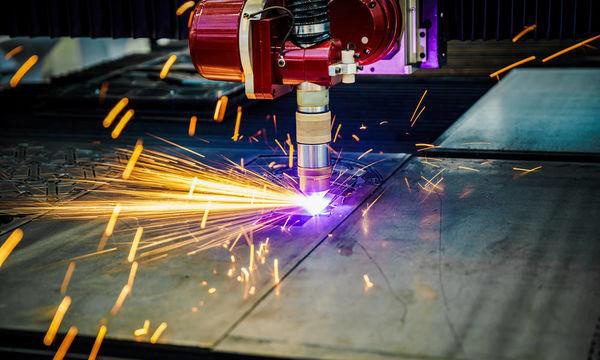
The working principle of plasma cutting is that by using the heat of high-temperature plasma electric arc, it melts and evaporates the metal incision of the workpiece, and in the use of the momentum of high-speed plasma flow, it can preclude the melting metal and form a cutting edge.
2. What Is Laser Cutting?
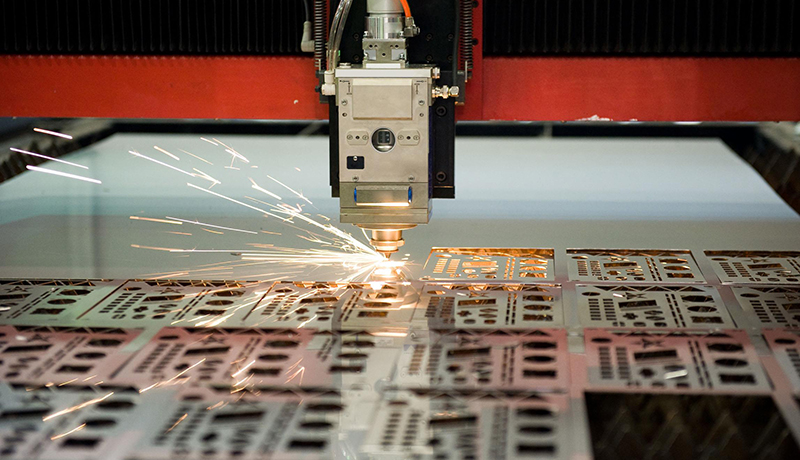
Laser cutting, on the other hand, is a process that involves the transfer of constant reflection of the laser beam and the laser beam is focused highly on the surface of materials being cut, in which the laser beam of high energy density transforms into great heat with intensified temperature. Being exposed to such a heated and focused laser beam, the surface of materials will melt or vaporize instantly, and meanwhile, the gas will be blown into the surface of the material to sweep off the residue of powder caused by melting materials.
3. What Metals are Appropriate for Plasma Cutting and Laser Cutting?
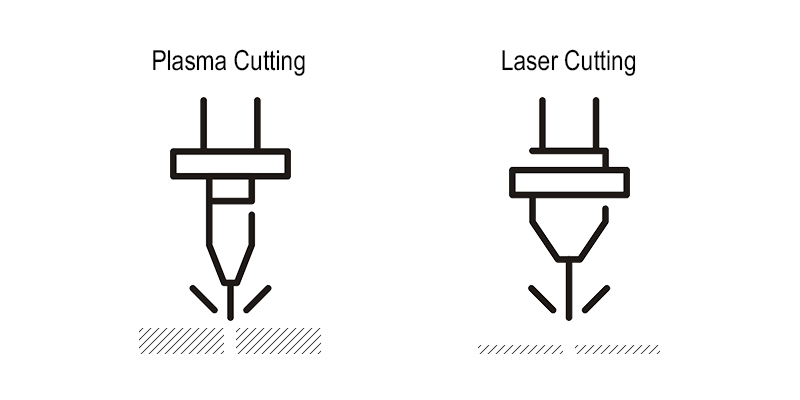
The primary difference between plasma cutting and laser cutting is the thickness of the materials. For plasma cutting machine, cutting stainless steel, aluminum, bronze and carbon steel of 6-40mm in thickness are achievable. For example, a 206A plasma cutting machine can cut material that is of 60mm thickness. In comparison, laser cutting majors in a more delicate process. Plates thinner than 8mm are suitable.
From the perspective of materials, plasma cutting can be applied in a semi-thick metal plate. Laser cutting is used in semi-thin plate, including metal and non-metal materials like ceramics and glass, etc.. Laser cutting also can operate on semiconductor and composite materials, except for cutting high melting point materials, heat resistance alloy and cemented carbide.
As for the components that are complicated in shapes and have a high requirement in cutting accuracy are able to be processed by laser cutting.
4. What Are the Advantages and Disadvantages of Plasma Cutting and Laser Cutting?
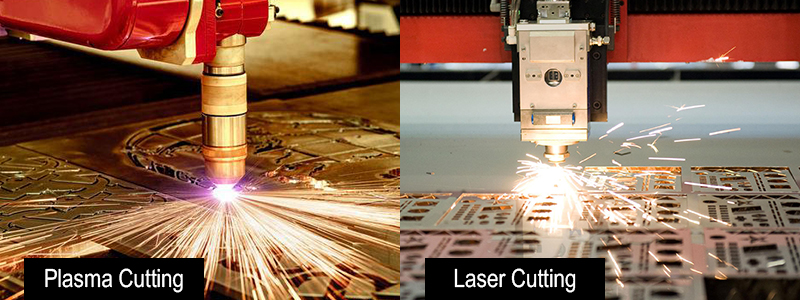
First of all, the cost may be one of the most concerning points on this topic. From investment to maintenance, the cost of laser cutting is higher than plasma cutting.
Considering the working environment and the qualification of the operator, the laser cutting machine requires large space to operate. Whereas, the plasma cutting machine is high in mobility. Also, plasma cutting is lower skill level for personnel than laser cutting.
Laser cutting performs better in working speed, which is faster than plasma cutting. The former can reach 10m/min.
The difference in technological principles results in different processing accuracy. Plasma cutting is small in heat impacting area which causes less deformation on the cutting surface. However, there is a 0.5°- 1.5° tilt angle on the cutting surface and it causes the cutting edge hardening.
Regarding laser cutting, the laser beam is a concentration that is a small spot and laser cutting is of no divergence, high luminance, and strong flexibility, so it does not damage the workpiece and the cutting edge is narrower than the cutting edge of plasma cutting machine. Laser cutting machine is accurate in locating within 0.05mm and 0.02mm after re-locating.
Moreover, if the plasma cutting machine torch cutting nozzle goes wrong, it will cause an obvious seam on the material. The edge cut by laser is smooth because laser cutting is a non-contact operation which is heat resistant and avoids deformation on the edge, impacting little on the workpiece.
As it is mentioned that the material processed by the plasma cutting machine has a larger damage and it is less accurate, which means that there needs manual processing after the machine cutting which is less happened in laser cutting. With this secondary fabrication, the cost relatively increases in using plasma cutting machine.
Aside from the above points, during the plasma cutting procedure, it produces harmful gas, dust, and arc light. Fortunately, there is a new technology to avoid this shortage by applying underwater plasma cutting.
5. How Will CNC Cutting be Developed in the Future?
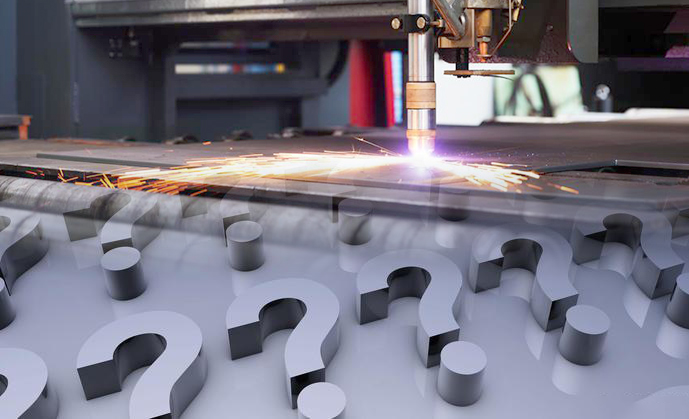
In the future, cutting efficiency will be improved. The cutting method will speed up and the acceleration which is driven by the linear motor will be increased. What’s more, the capability of laser cutting machines will be developed to fabricate materials that need more complex cutting in a curve and apply in two-dimension and three-dimension areas with higher flexible processing.
With the limit of the cutting thickness, the thickness that can be processed must be wider. Improving the long optical path laser transmission technology, thick plate cutting process, design and manufacturing technology of high power laser light path, the machines will be able to deal with larger cover and thicker plate.
Intelligence technology should also be applied in CNC cutting machines. Combining Laser, CNC, optical technology and high-accuracy locating, as well as the functional components and other processing methods, which will make a multifunction laser fabricating machine possible.
6. In Railings Fabrication, What Cutting Machine is More Suitable?
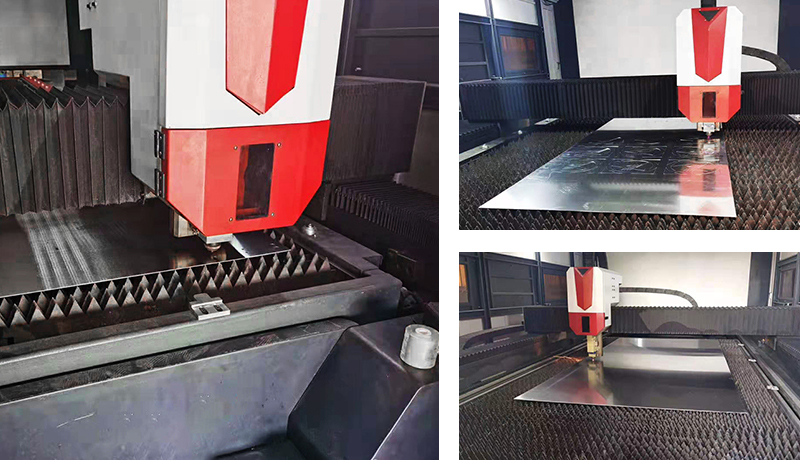
In the case of our company, we would say that laser cutting is more of our type. Now in our factory, it is equipped with 2 fiber laser cutting machines, for the reason that laser cutting machine can deal with the delicate operation, typically for some bespoke products, like designs and decorations on the balustrades, as well as crafted products. Fiber laser technology has become a new star in the laser industry and an emerging leader in sheet metal cutting field. One of our fiber laser machines is a 6KW machine -whose max cutting thickness is 20mm. The other is 15KW with 50mm max cutting thickness. Both processing area of these two machines is 2000*6000mm.
--------------------------------------------------------------------------------Q&A: Plasma Cutting VS. Laser Cutting-------------------------------------------------------------------------------------
